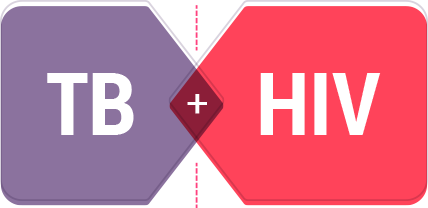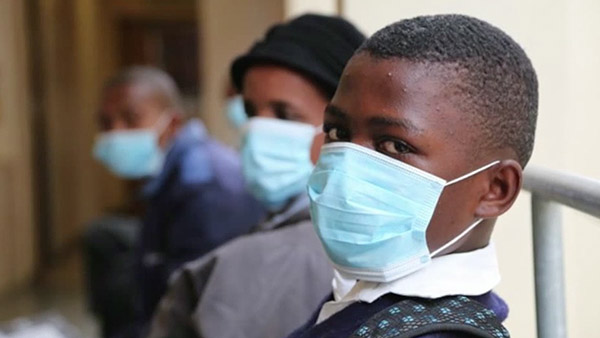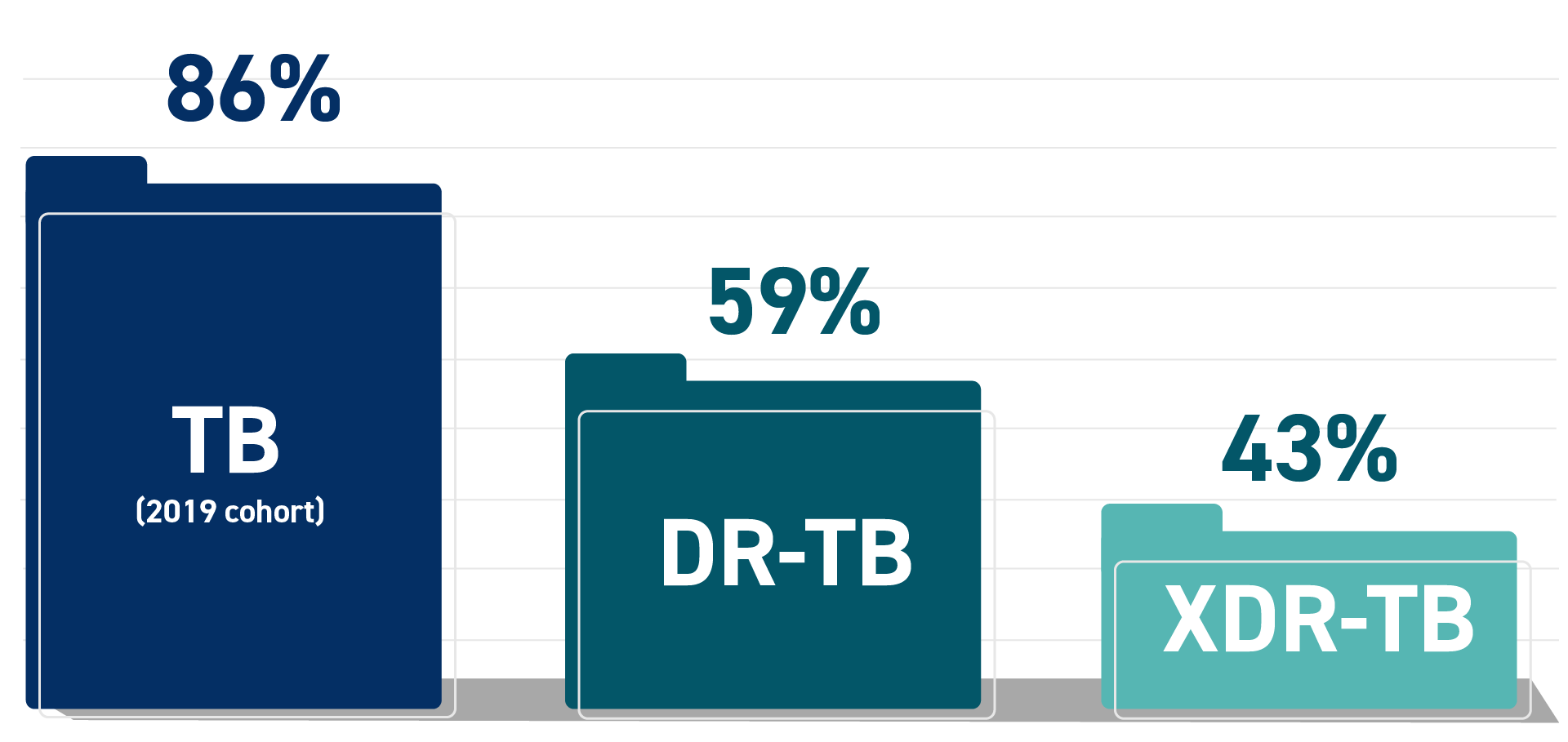Tuberculosis is a global pandemic, killing someone approximately every 20 seconds — about 1.3 million in 2022 alone.
TB is a Pandemic
A Global Threat
Tuberculosis (TB) is a global disease, found in every country in the world. It is one of the leading infectious causes of death worldwide. The World Health Organization estimates that 1.8 billion people—close to one quarter of the world's population—are infected with Mycobacterium tuberculosis (M.tb), the bacteria that causes TB. Last year, 10.6 million fell ill from TB and 1.3 million died. TB is an airborne disease that can be spread by coughing or sneezing and is the leading cause of infectious disease worldwide. It is responsible for economic devastation and the cycle of poverty and illness that entraps families, communities and even entire countries. Among the most vulnerable are women, children, and those with HIV/AIDS. There is growing resistance to available drugs, which means the disease is becoming more deadly and difficult to treat. There are more than 400,000 cases of drug resistant TB each year.

“If the pandemic has taught us anything, it’s that with solidarity, determination, innovation and the equitable use of tools, we can overcome severe health threats. Let’s apply those lessons to tuberculosis. It is time to put a stop to this long-time killer. Working together, we can end TB.”
What is TB?
Tuberculosis, or TB, is a bacterial infection that can spread through the air. It is most often found in the lungs, but can exist in any organ in your body. When a person coughs or sneezes, they can transmit so-called “active” TB. However, many people are also infected with an inactive form of TB, known as latent TB. The bacillus that causes the disease is called Mycobacterium tuberculosis (M.tb). M.tb's unique cell wall, which has a waxy coating primarily composed of mycolic acids, allows the bacillus to lie dormant for many years. The body's immune system may restrain the disease, but it does not destroy it. While some people with this latent infection will never develop active TB, five to 10 percent of carriers will become sick in their lifetime.
Get the Facts
- 3500
Deaths daily
TB is a leading infectious killer in the world
- 6-30
Months
Highly drug-resistant TB therapy lasts from six months to longer than two years
- 60%
Untreated
About 3 out of 5 cases of DR-TB around the world go untreated
- $16.7 Trillion
Dollars
MDR-TB could cost the world $16.7 trillion by 2050
- 1.3 Million
Children
More than a million children get sick with TB each year
“We cannot hope to end TB without dramatically shorter, simpler and better treatments.”

TB+HIV: A Dual Epidemic
TB and HIV/AIDS are a deadly duo. HIV weakens people’s immune systems, allowing TB to flourish. TB is the leading killer of people with HIV/AIDS, claiming over one in four lives of people with HIV. And, in countries where TB is prevalent, people with HIV/AIDS are 20 times more likely to contract TB than others without HIV. Despite enormous gains made in battling the HIV epidemic, TB’s deadly synergy with HIV/AIDS threatens to destabilize gains in TB control. While people are living with HIV, they are now dying of TB.
Drug Resistance
Drug-resistant TB (DR-TB) develops when the long, complex, decades-old TB drug regimen is improperly administered, or when people with TB stop taking their medicines before the disease has been fully eradicated from their body. Once a drug-resistant strain has developed, it can be transmitted directly to others just like drug-susceptible TB (DS-TB). Traditionally, DR-TB was much more difficult to treat, requiring long, burdensome treatment regimens, which only cured about half of those treated. TB Alliance has since developed a drug for the treatment of DR-TB, which can be used as part of regimen to DR-TB. The three-drug, all-oral, six-month regimen studied by TB Alliance has shown a treatment success rate of about 89% in clinical trials. By scaling up new therapies, DR-TB can now be treated with similar success rates and duration of treatment as DS-TB.
Learn More


